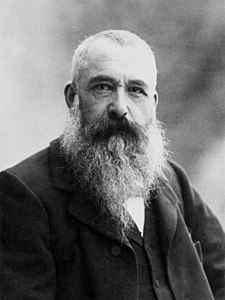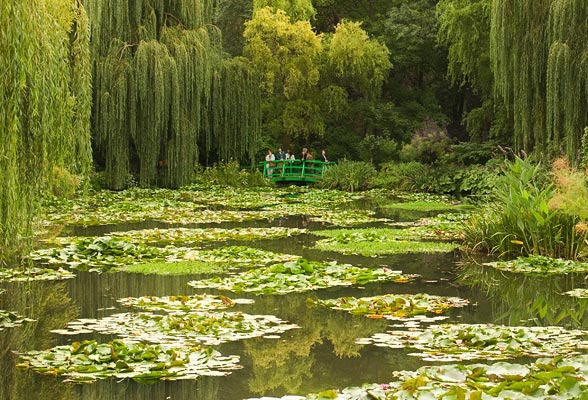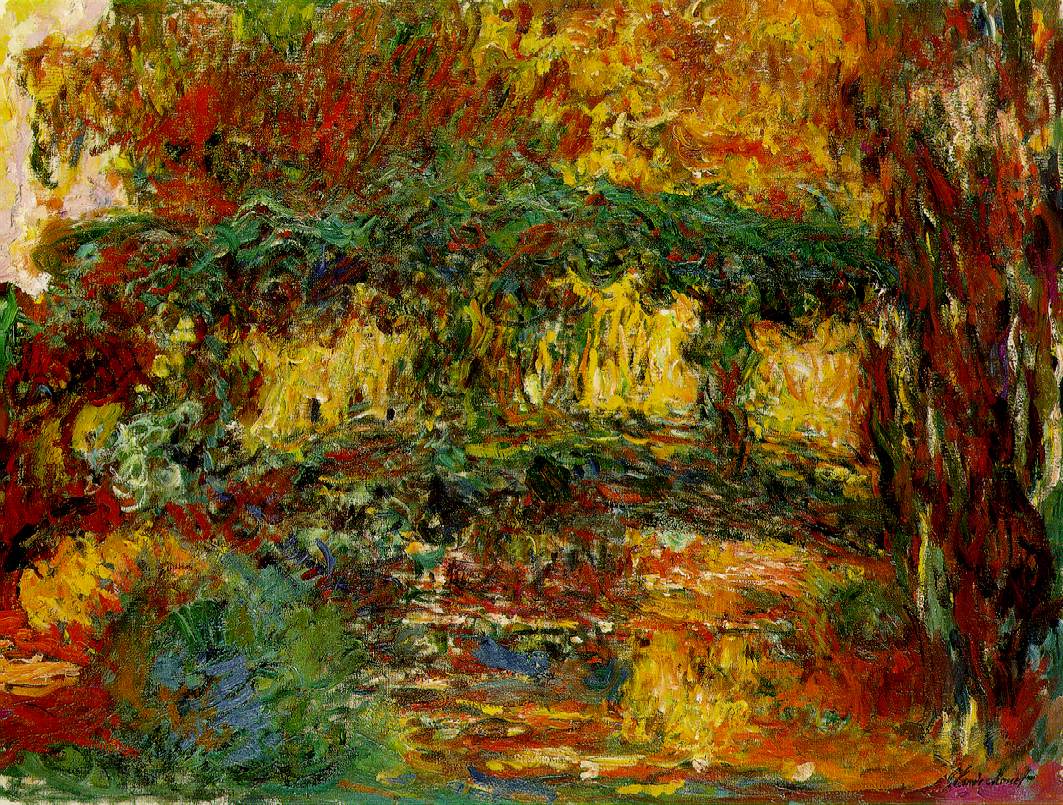1) Impressionism was an unconventional art movement which started in Paris France in the late 1860s through the early part of the 20th century. It's radical nature let conventional Parisian artists to treat it with great disdain. The term Impressionism was coined by art critic Louis Leyroy when he wrote a satirical article about Claude Monets work "Impression soliel levant". (Renwald 1946)
 |
| Impression soliel levant by Claude Monet |
2) Impressionism sought to view life from a differentiated perspective from that of previous art and had a few aspects which made it unique at that point. First it tries to show the elapsing of time. Second it tries to show the specific mood of light. Third it attempts to portray movement of the physical. It gives the viewer the "impression" that its sometimes abstract color schemes and shapes are actually a real part of the human perception. (Renwald 1946)
 |
| A newly discovered Edward Manet painting with many of the typical Impressionist aspects |
3) Specific styles of impressionistic painters include the use of long, thin brush strokes, or sometimes even dots in the case of pointillism. One of the reasons these different techniques were developed is the invention of photography. It lessened the effect of an artists ability to reproduce reality, so they needed to find a new avenue of expression which still conveyed a realness about the human existence. (Renwald 1946)
 |
| La Grande Jatte by George Seurat uses thousands of tiny dots, each primary colors, to fool the eye into seeing a broader palate of colors. His use of light to do this is a staple of impressionist style. |
4) Some famous impressionists include: Bazille, Cailbollette, Degas, Manet, Renoir, and Sisley. Perhaps the most famous example of an impressionist artist is Claude Monet. His work has the most obviously embodiment of the impressionist style and therefor is the best example of the work. Impressionist paintings soon led to offshoots and the style was accepted by theatre and music. (Renwald 1946)
 |
| Pierre-Auguste Renior's Impressionist painting of Claude Monet painting his garden. |
5) Claude Monet was born November 18 1840 and died December 5 1926. He is considered the founder of Impressionism. It was his vision that led to the primary aspect of the movement: that in art one should consider one's perceptions before nature. (Kalitina 2005)
 |
| Monet |
6) Many of Monet's works are focus on relatively simple aspects of his life in Giverny, France. His later paintings include water lilies willow trees and floral rose ways from his own house. Giverny is now a tourist attraction for art lovers all over the world. (Kalitina 2005)
 |
| Actual Photo if the water lillies at Monet's home in Giverny France. |
 |
| His painting of the same scene |
7) Claude Debussy was a French composer born in 1862 and who dead in 1918. His music plays with different tonal centers and reflects the ever changing color palate of impressionist art. He himself rejected the term impressionism as applied to his music and would have been preferred to be called a symbolist, but popular opinion has prevailed over time and he is widely recognized as one of the greatest impressionist composers. (Cole 2010)
8) Like Monet, Debussy developed his skills at a young age. He studied piano with Marie Maute de Fleurville who was, herself, a pupil of the great composer Frederic Chopin. He became a virtuosic pianist with near perfect sight reading abilities. His ability to analyze music made him able to create an informed but unique style.
(Cole 2010)]
9) Boudin, who was another impressionist artist, thought Monet the outdoor painting techniques. His connection to the outdoors influenced many of his works, including several of his early paintings which portrayed flower gardens and beautiful greenery. This can not be overlooked because of his vast influence on impressionism as a whole.
(Kalitina 2005)
 |
| A painting by Monet's teacher Boudin |
10) Monet later works were some of his best, and like most artists in periods of intense artistic enlightenment, was going through a grief stricken time. This was largely due to his wife, Camille, dying in 1879. His later paintings have a far more mature and intricate style and include larger, more detailed scapes and a broader color palate.
(Kalitina 2005)
 |
| One of Monet's Final paintings |
No comments:
Post a Comment